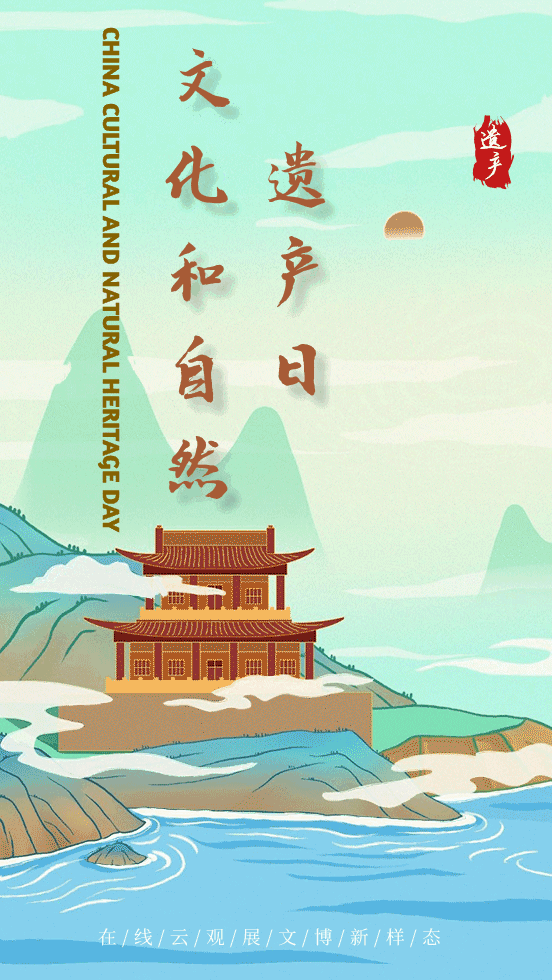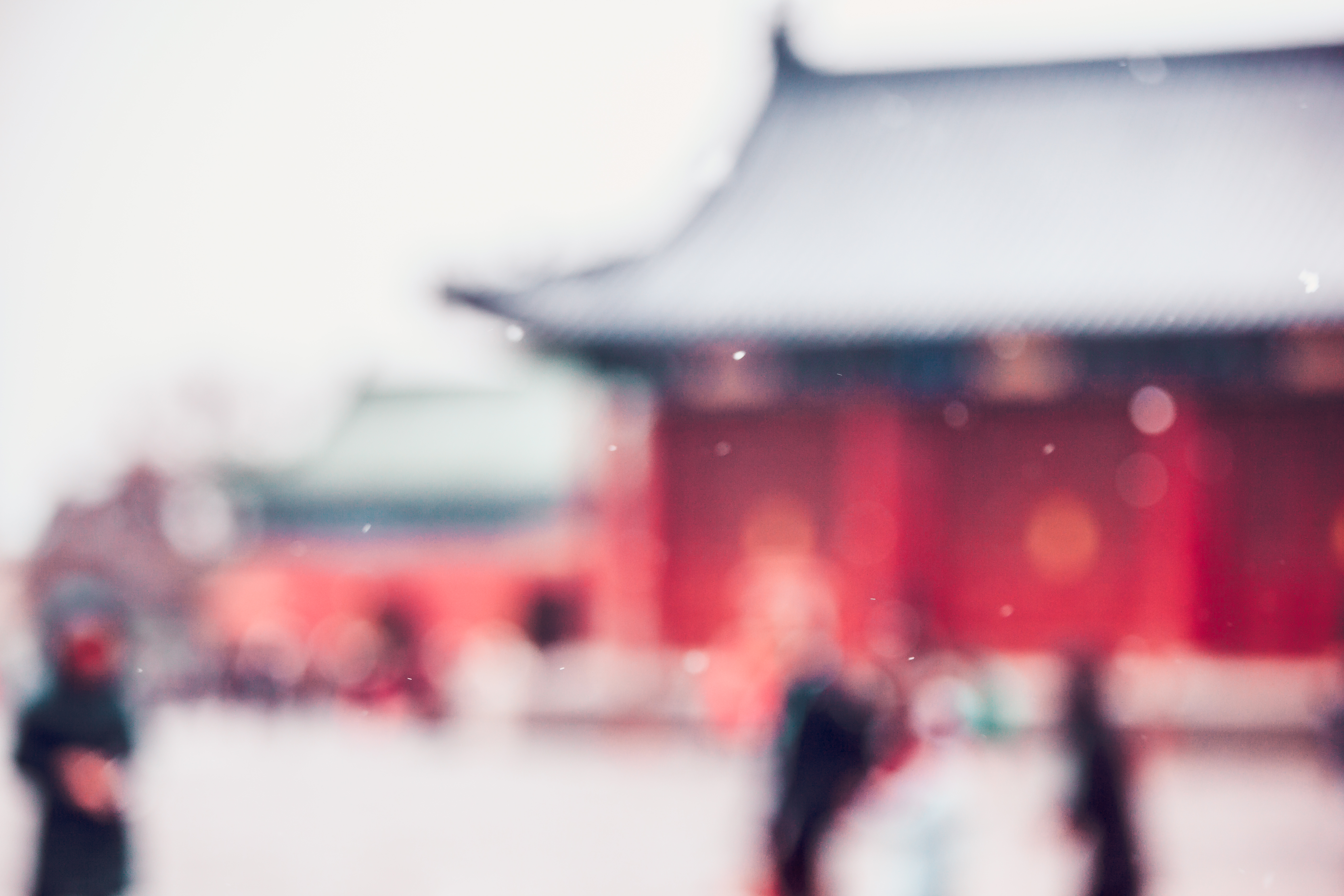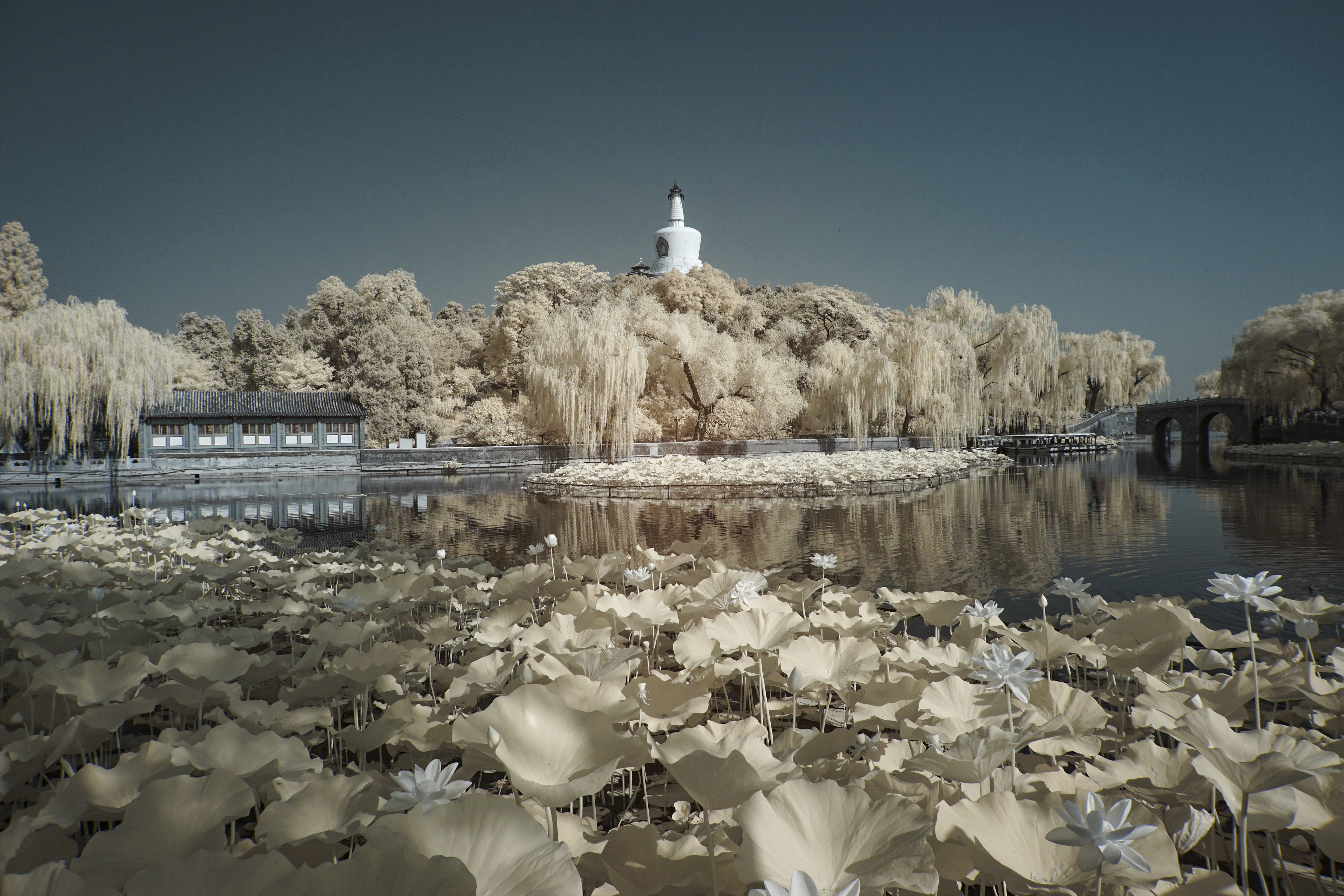In 2006, China endowed the second Saturday of June as China Cultural Heritage Day to promote understanding of the importance of cultural heritage protection and mobilize the whole society to care and protect cultural and natural heritages. It was enlarged and renamed as China Cultural and Natural Heritage Day in 2017.
World Heritage in China
Peking Man Site at Zhoukoudian; Mogao Caves; The Great Wall; Mausoleum of the First Qin Emperor; Imperial Palaces of the Ming and Qing Dynasties in Beijing and Shenyang; Ancient Building Complex in the Wudang Mountains; Temple and Cemetery of Confucius and the Kong Family Mansion in Qufu; Mountain Resort and its outlying temples, Chengde; Historic Ensemble of the Potala Palace, Lhasa; Classical Gardens of Suzhou; Ancient City of Ping Yao; Old Town of Lijiang; Temple of Heaven: an Imperial Sacrificial Altar in Beijing; Summer Palace, an Imperial Garden in Beijing; Dazu Rock Carvings; Ancient Villages in Southern Anhui – Xidi and Hongcun; Imperial Tombs of the Ming and Qing Dynasties; Longmen Grottoes; Mount Qingcheng and the Dujiangyan Irrigation System; Yungang Grottoes; Capital Cities and Tombs of the Ancient Koguryo Kingdom; Historic Centre of Macao; Yin Xu; Kaiping Diaolou and Villages; Fujian Tulou; Historic Monuments of Dengfeng in “The Centre of Heaven and Earth”; Site of Xanadu; The Grand Canal; Silk Roads: the Routes Network of Chang’an-Tianshan Corridor; Tusi Sites; Kulangsu, a Historic International Settlement; Archaeological Ruins of Liangzhu City.
World Natural Heritage Sites:
Jiuzhaigou Valley Scenic and Historic Interest Area; Huanglong Scenic and Historic Interest Area; Wulingyuan Scenic and Historic Interest Area; Three Parallel Rivers of Yunnan Protected Areas; Sichuan Giant Panda Sanctuaries – Wolong, Mt Siguniang and Jiajin Mountains; South China Karst; Mount Sanqingshan National Park; China Danxia; Chengjiang Fossil Site; Xinjiang Tianshan; Hubei Shennongjia; Qinghai Hoh Xil; Fanjingshan; Migratory Bird Sanctuaries along the Coast of the Yellow Sea-Bohai Gulf of China (Phase I).
Mixed Heritage Sites:
Mount Taishan; Mount Huangshan; Mount Emei Scenic Area, including Leshan Giant Buddha Scenic Area; Mount Wuyi.
World Cultural Landscape Heritage Sites:
Lushan National Park; Mount Wutai; West Lake Cultural Landscape of Hangzhou; Zuojiang Huashan Rock Art Cultural Landscape; Cultural Landscape of Honghe Hani Rice Terraces
World Heritage Imageology
皇家宫殿 Imperial Palace
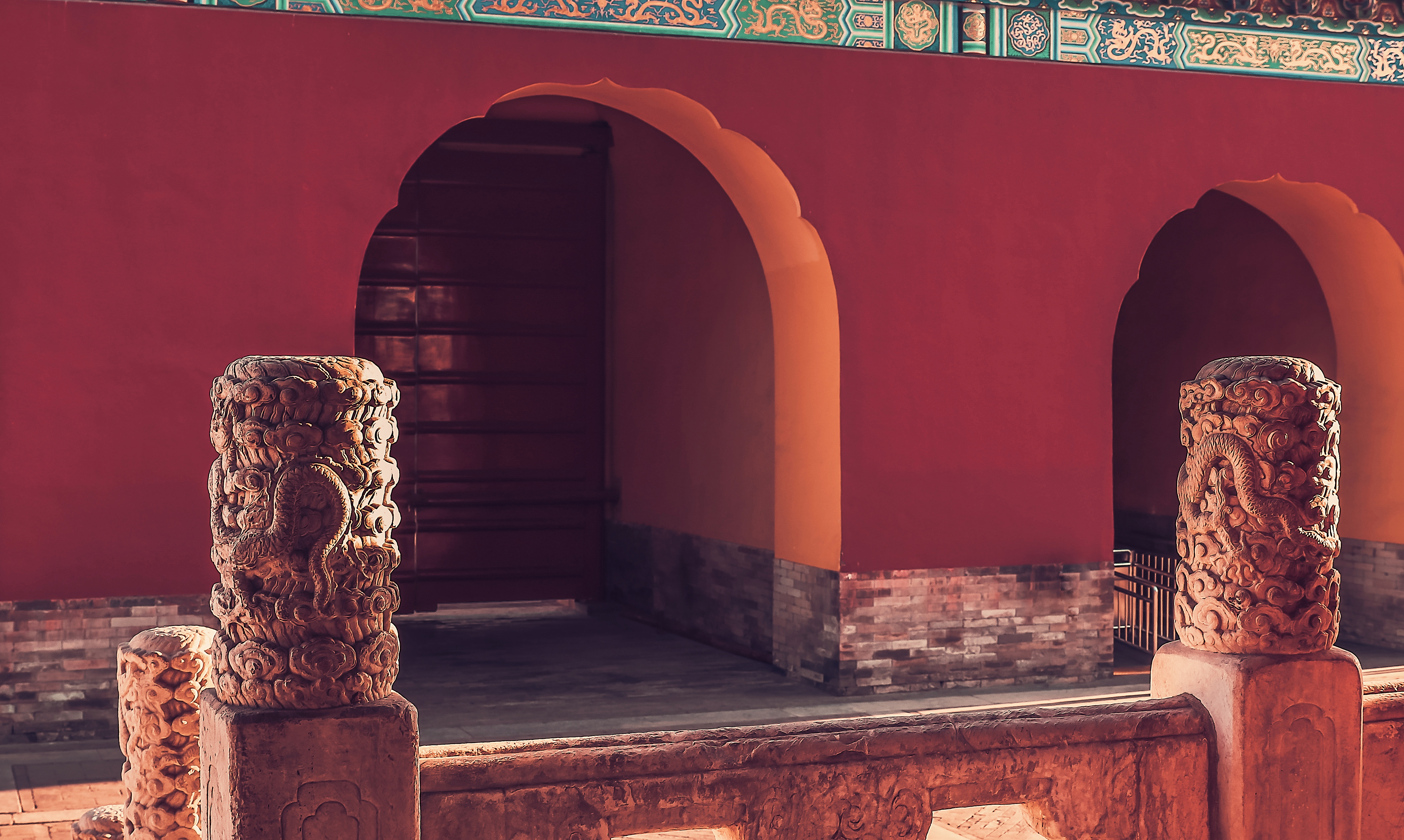
皇家宫殿 Imperial Palace
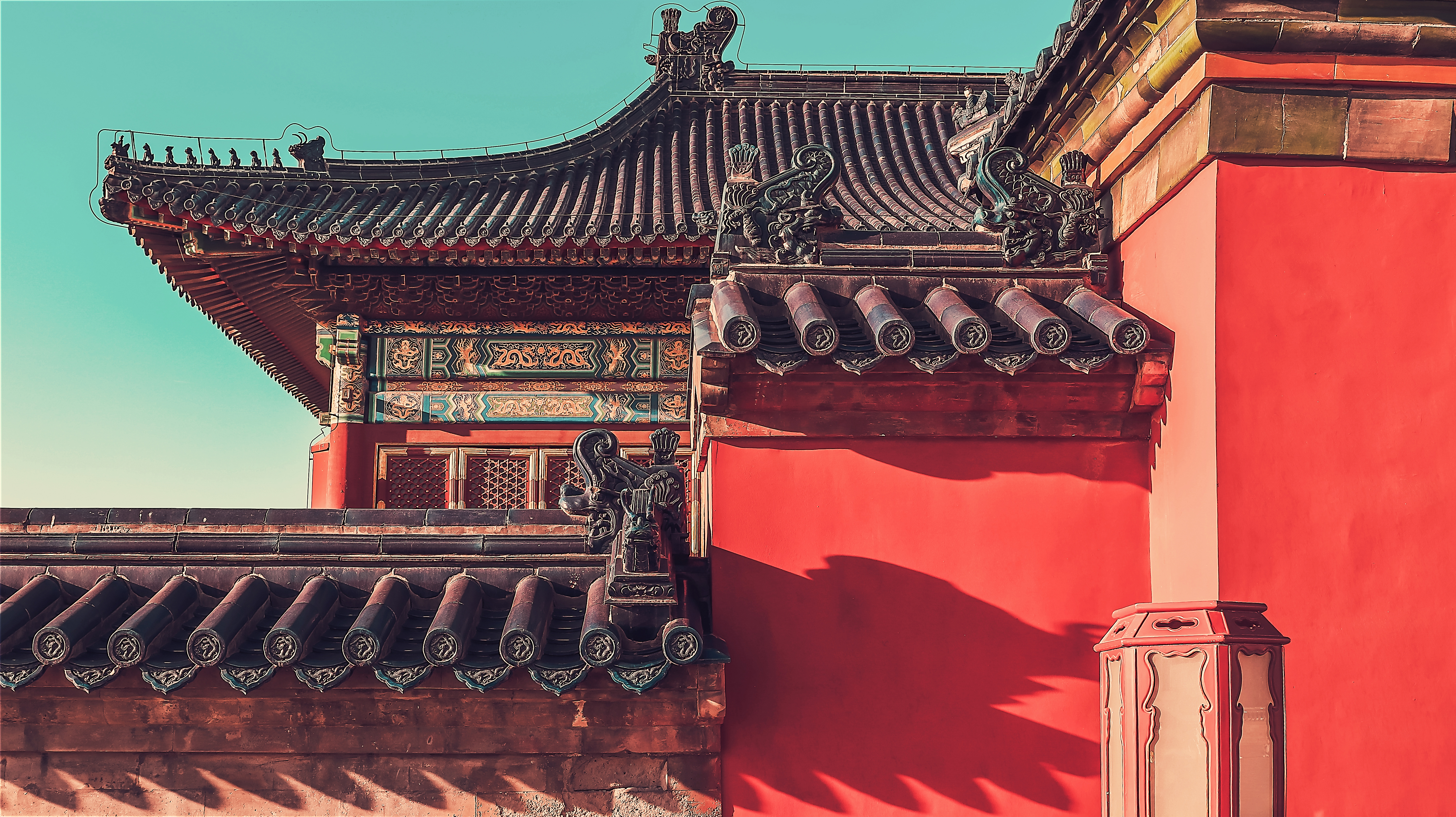
皇家宫殿 Imperial Palace
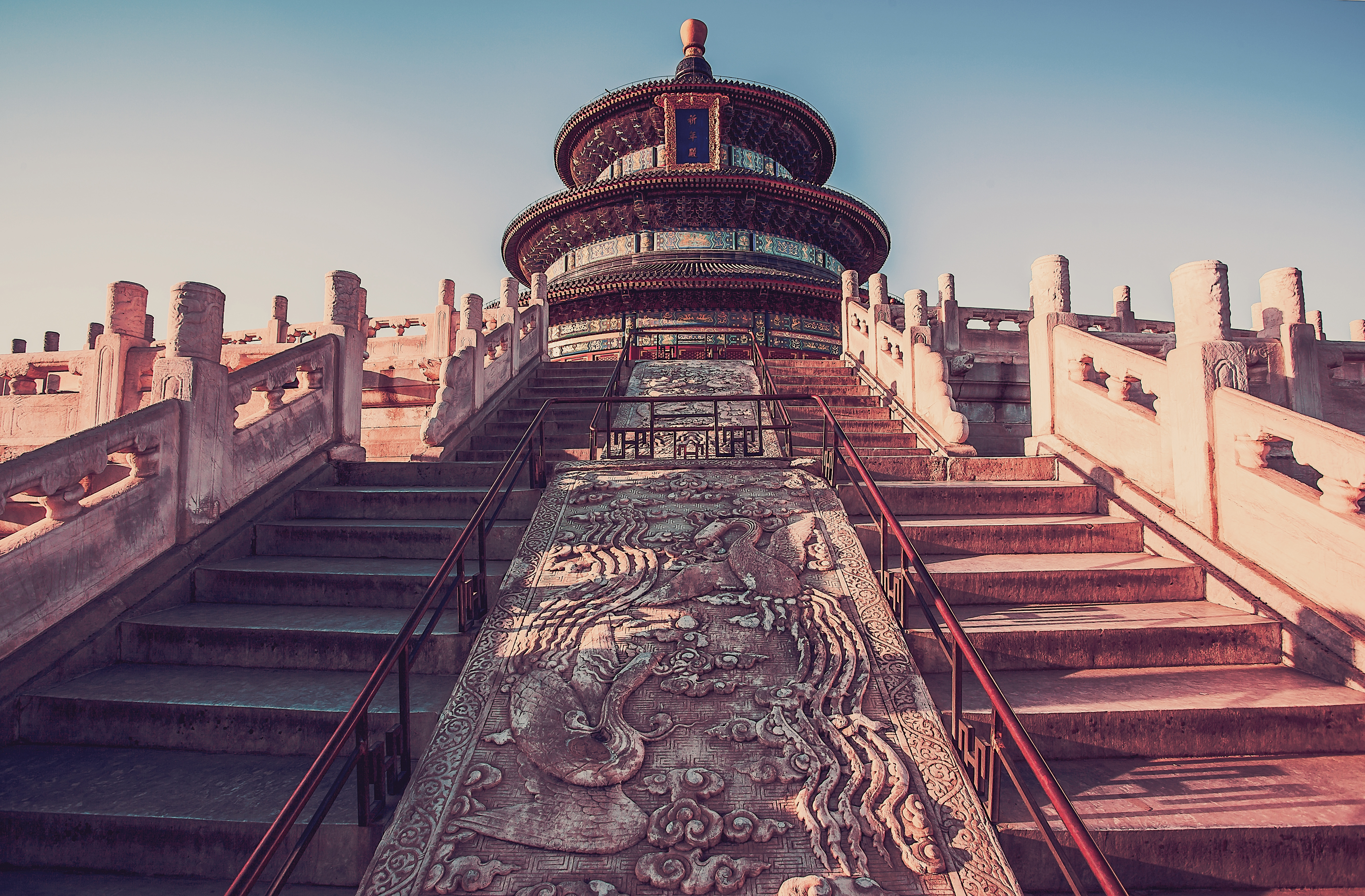
皇家宫殿 Imperial Palace
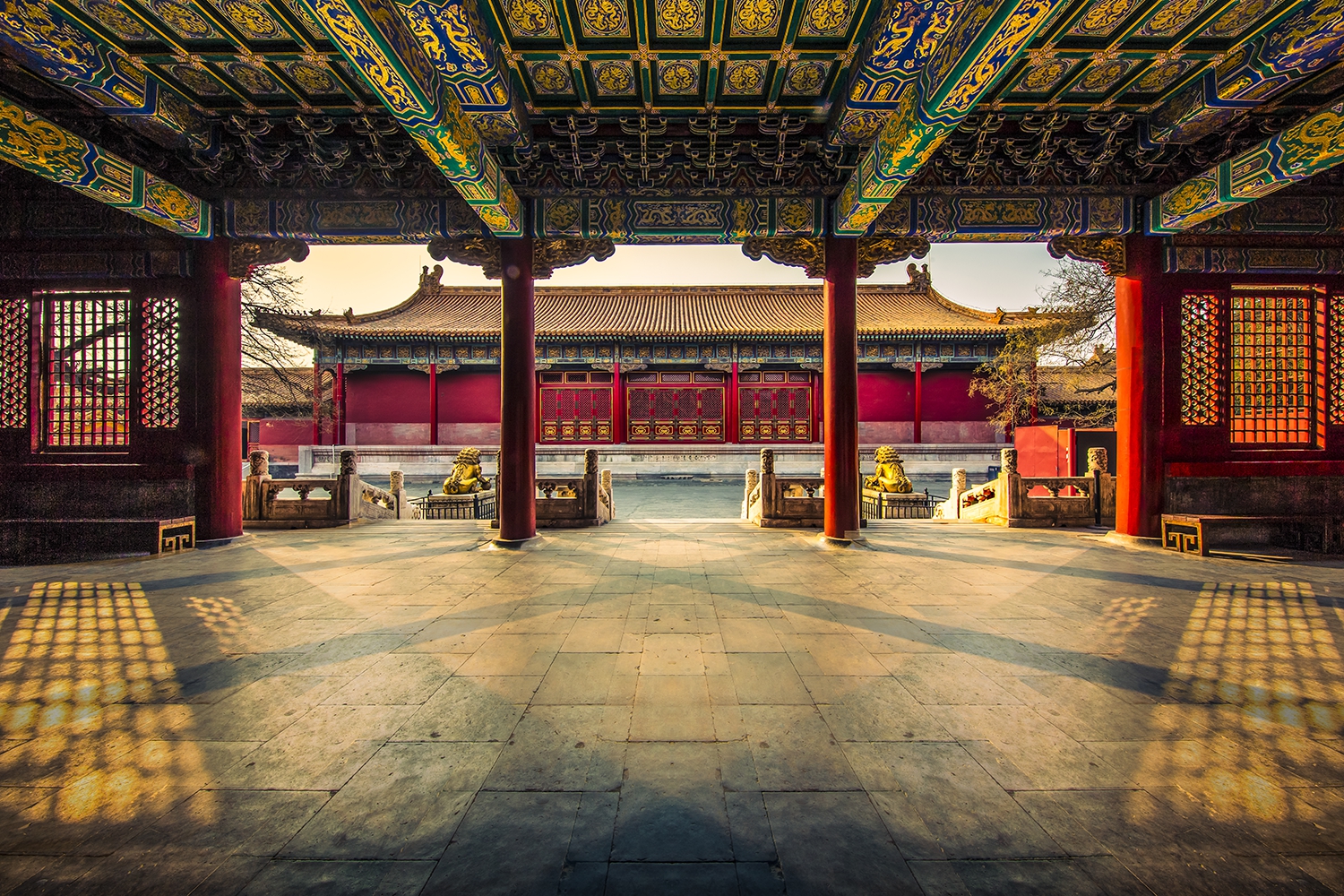
皇家宫殿 Imperial Palace
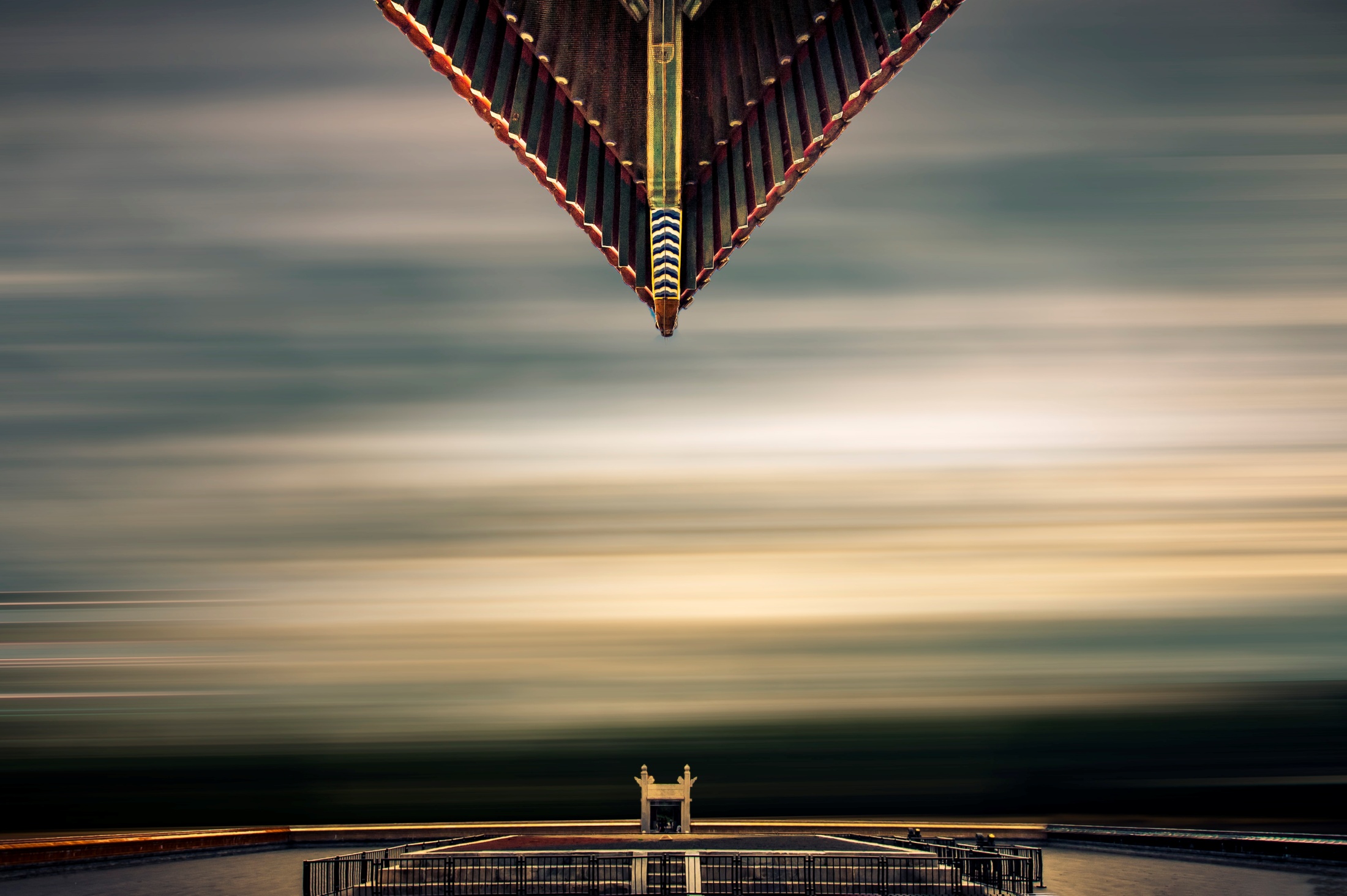
皇家宫殿 Imperial Palace
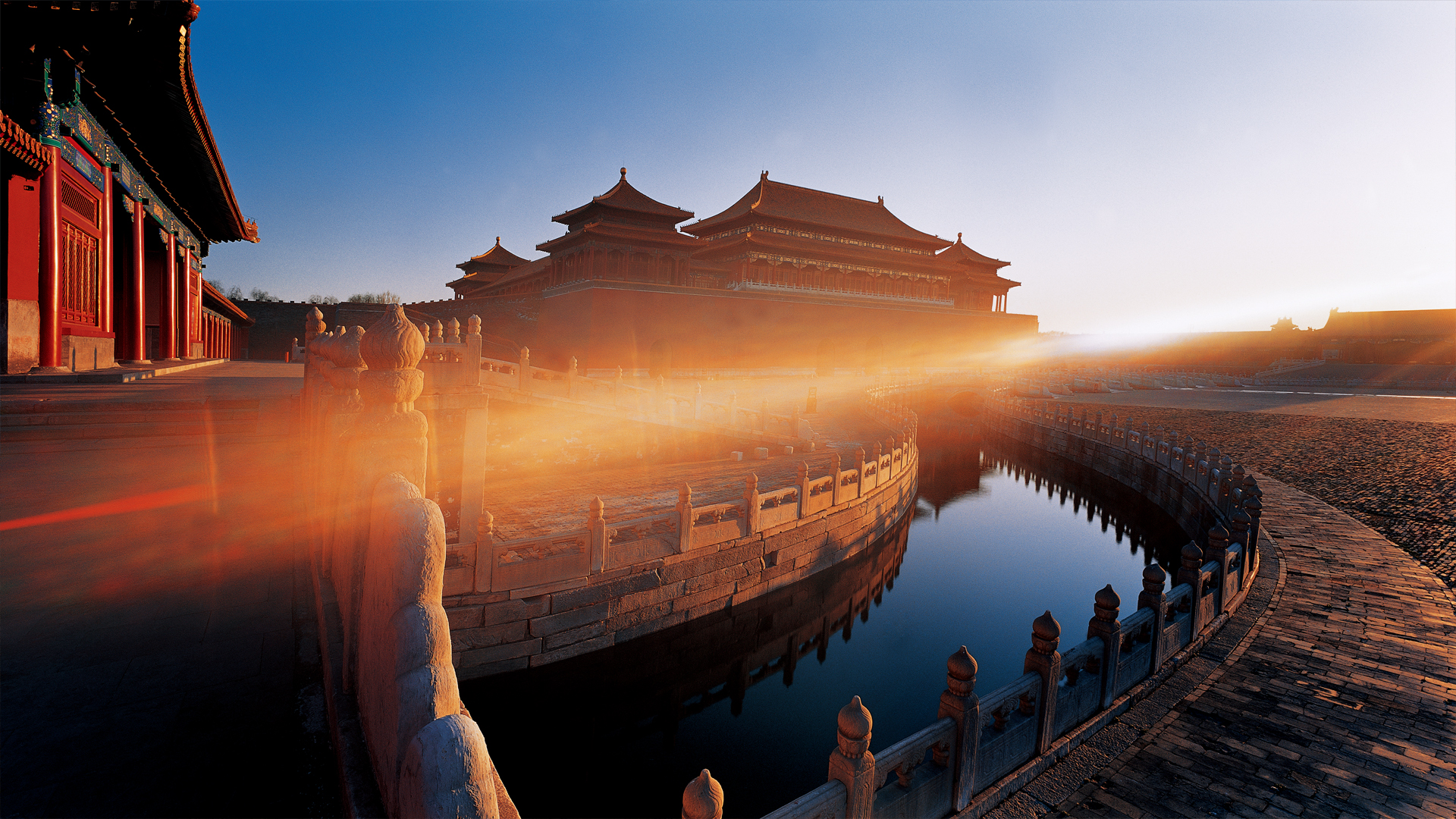
皇家宫殿 Imperial Palace
北海全景 Beihai
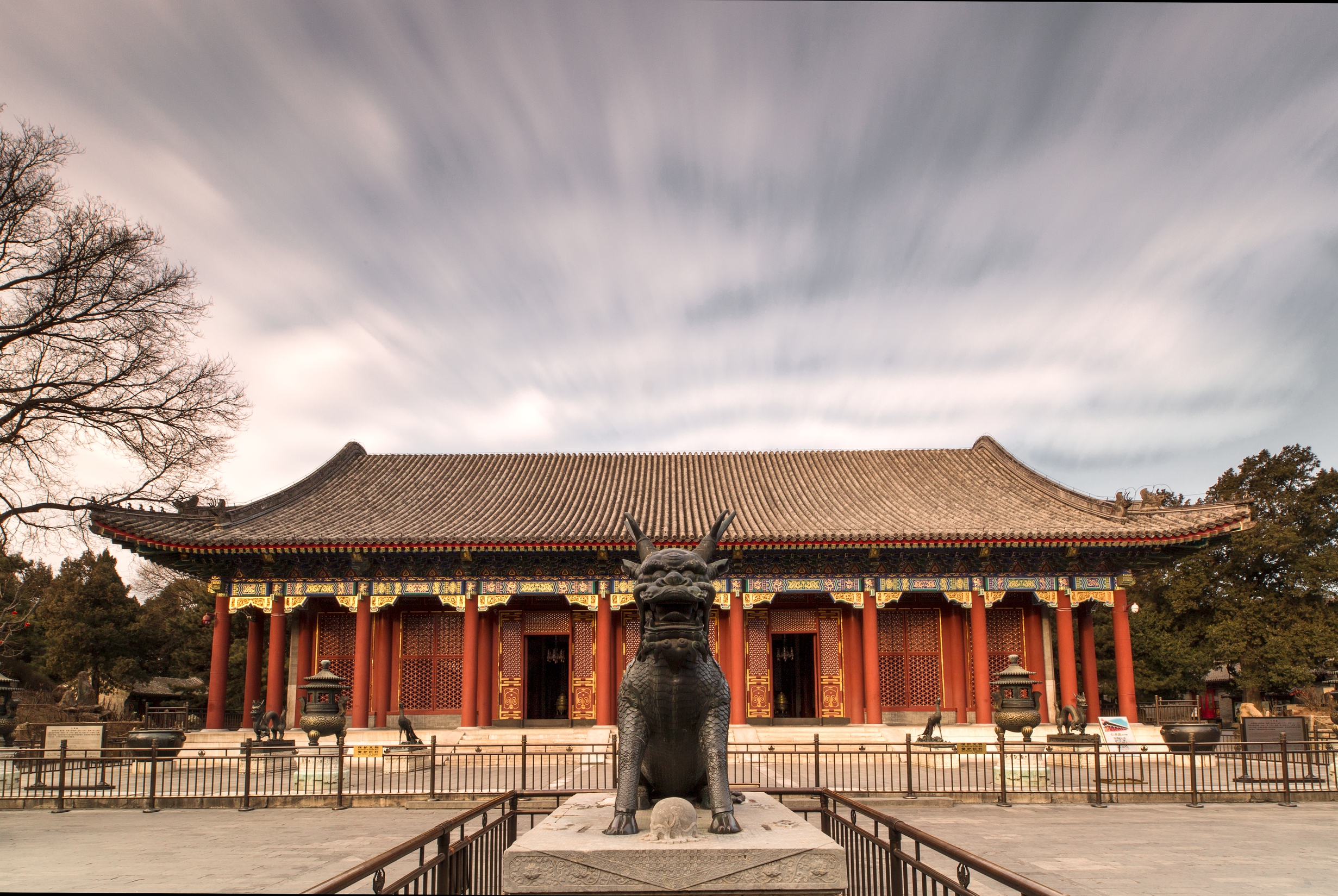
晚清风云【颐和园·仁寿殿】 Hall of Benevolence and Longevity (Renshoudian), Summer Palace
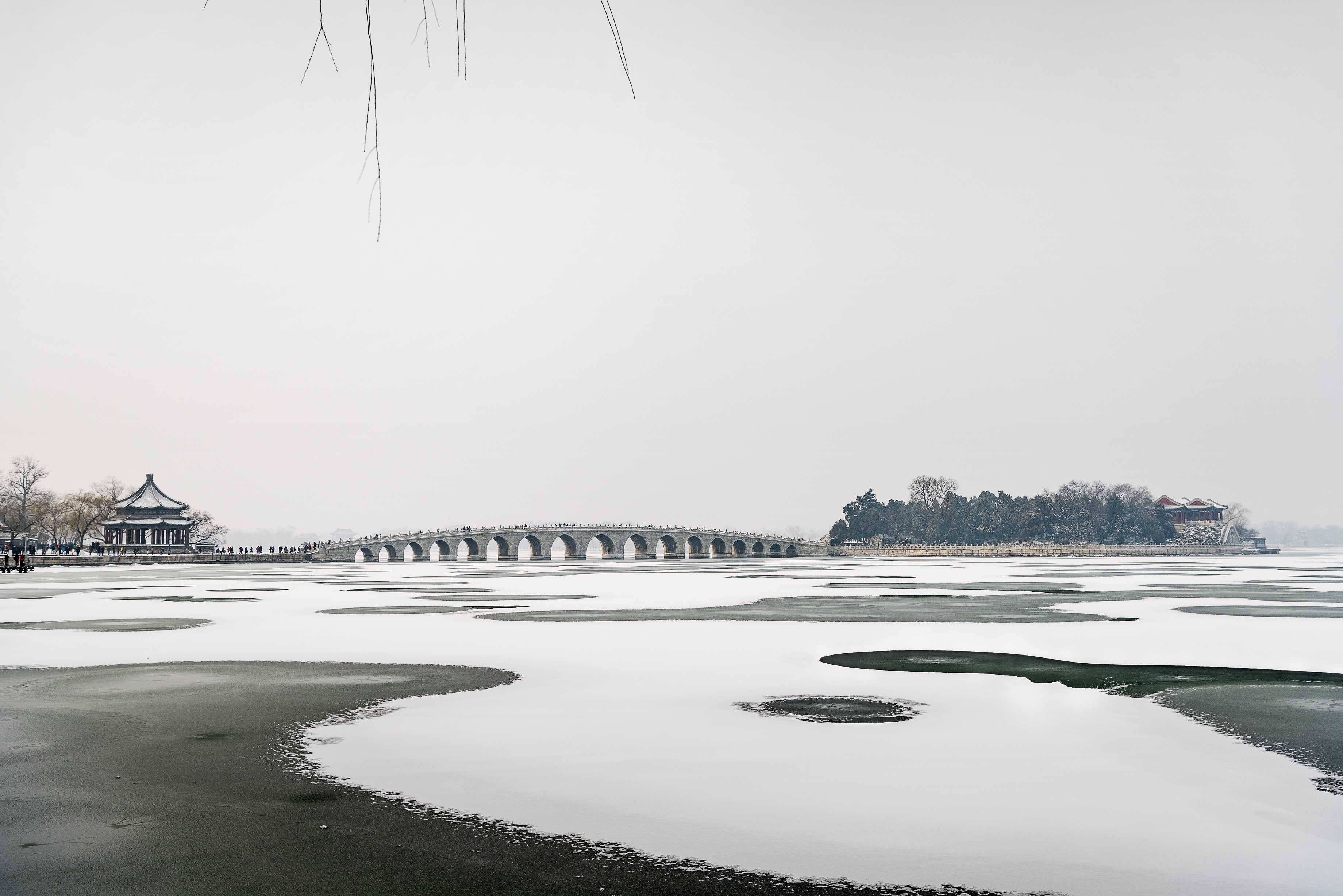
尊奉九重长虹卧波【颐和园·东堤】 East Causeway, Summer Palace
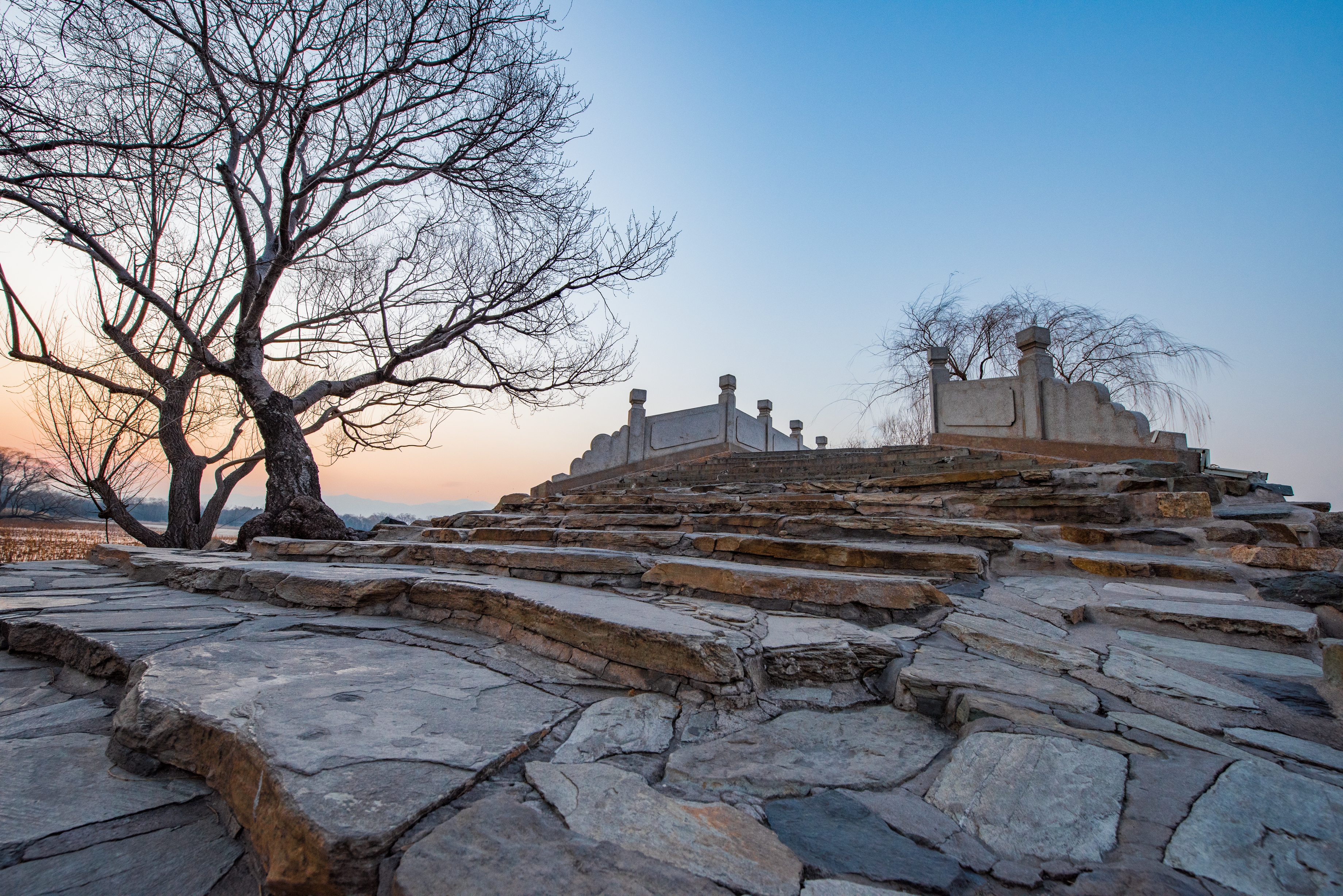
树语桥说【颐和园·西堤无名桥】 Bridge on the West Causeway, Summer Palace
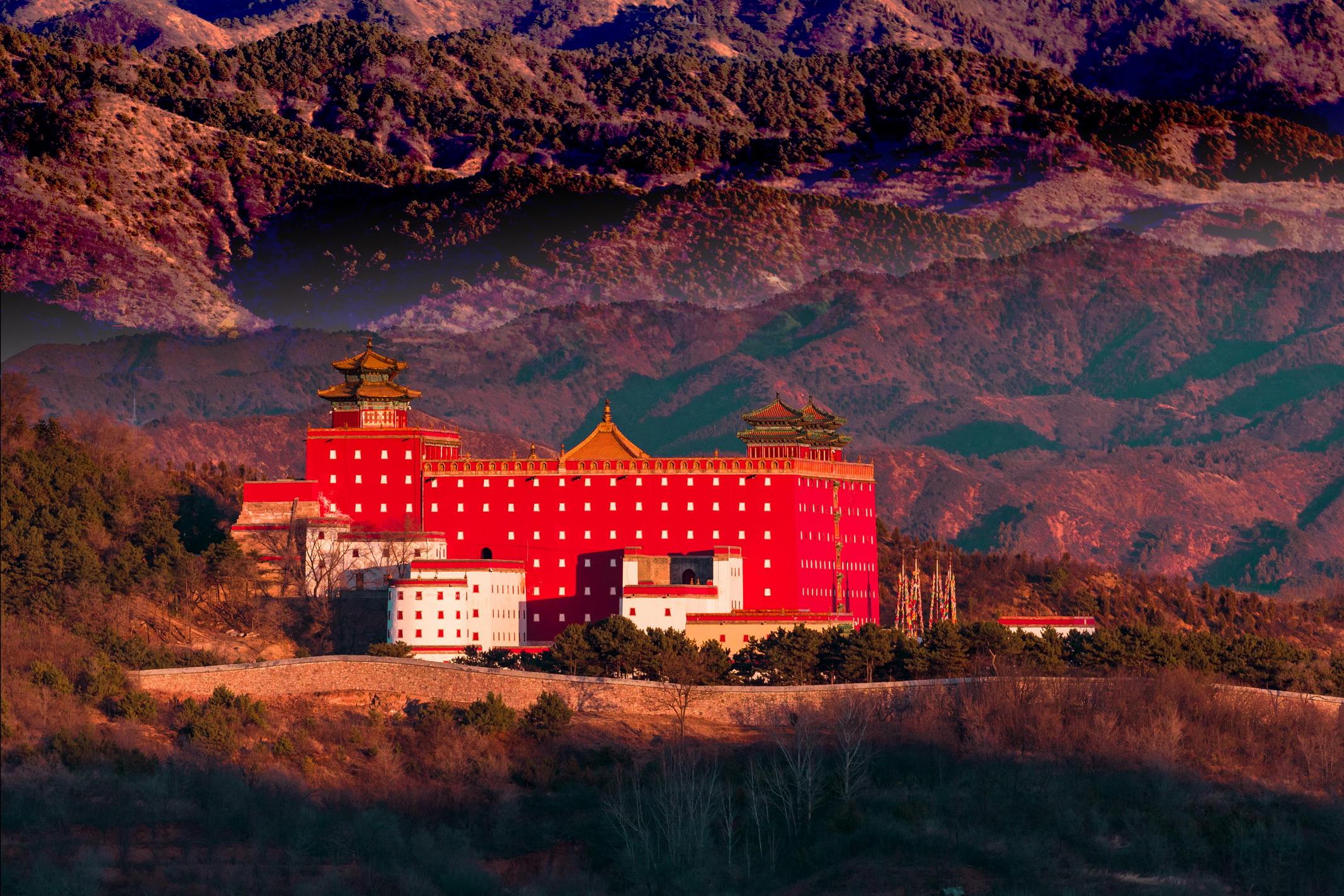 千里山川一点红【普陀宗乘之庙】 Putuozongsheng Temple
千里山川一点红【普陀宗乘之庙】 Putuozongsheng Temple
China Intangible Cultural Heritage
According to the Convention for the Safeguarding of the Intangible Cultural Heritage of UNESCO, “the ‘intangible cultural heritage’ means the practices, representations, expressions, knowledge, skills – as well as the instruments, objects, artefacts and cultural spaces associated therewith – that communities, groups and, in some cases, individuals recognize as part of their cultural heritage. This intangible cultural heritage, transmitted from generation to generation, is constantly recreated by communities and groups in response to their environment, their interaction with nature and their history, and provides them with a sense of identity and continuity, thus promoting respect for cultural diversity and human creativity.”
By December 2018, 40 intangible cultural heritage elements of China were inscribed on the lists of UNESCO:
Eggshell carving in Guangzhou
Handmade copperwares in Guangzhou
Self-made sugarman
Videos provided by chinaculture.org
Free streaming of over 1000 documentaries on intangible cultural heritage will be provided from June 8 to 14 on a variety of online platforms, including Tencent Video, iQIYI, Youku, Douyin, Kuaishou, bilibili, Kugou, Weibo, etc. A feast of intangible cultural heritage, you are always welcome to join!

Sources:
中华世纪坛 China Millennium Monument
中国文化网 chinaculture.org
UNESCO https://en.unesco.org/
http://www.ihchina.cn/
Facebook: China Cultural Center in Stockholm
https://www.facebook.com/China-Cultural-Center-in-Stockholm-110983273921638
Tik Tok: cccinstockholm
@cccinstockholm
Wechat: 斯德哥尔摩中国文化中心 or scan the QR code below


